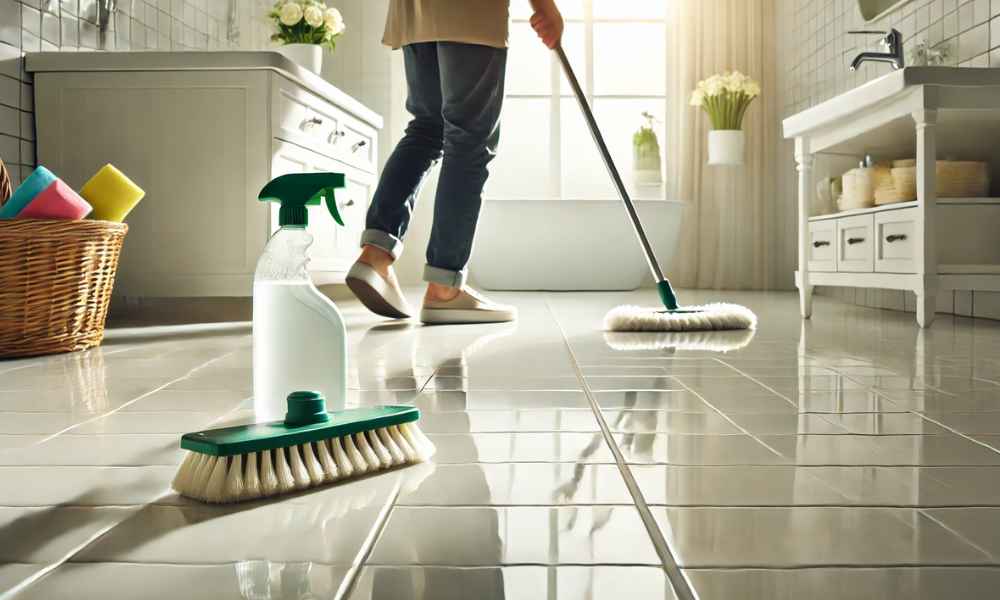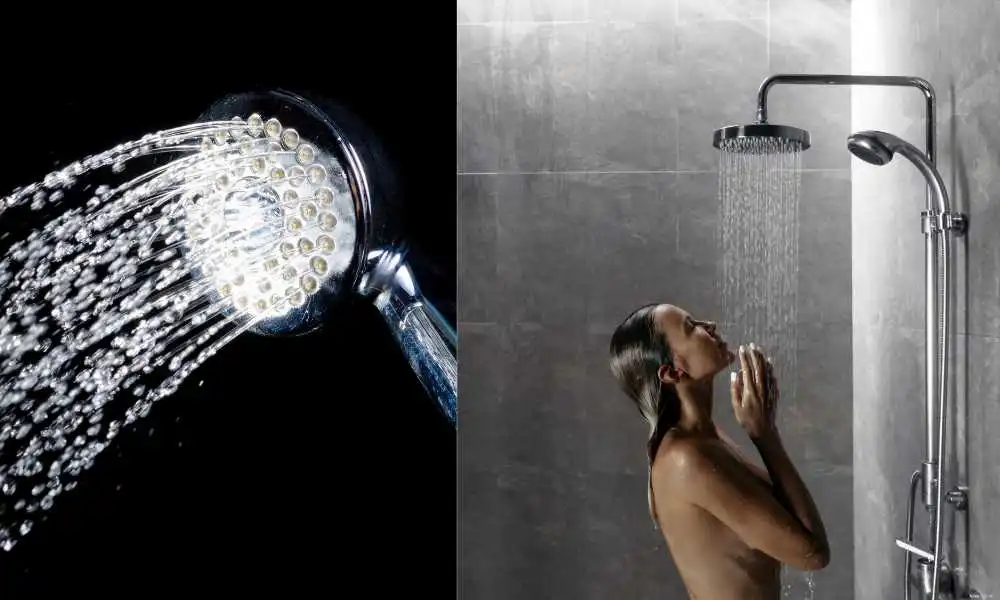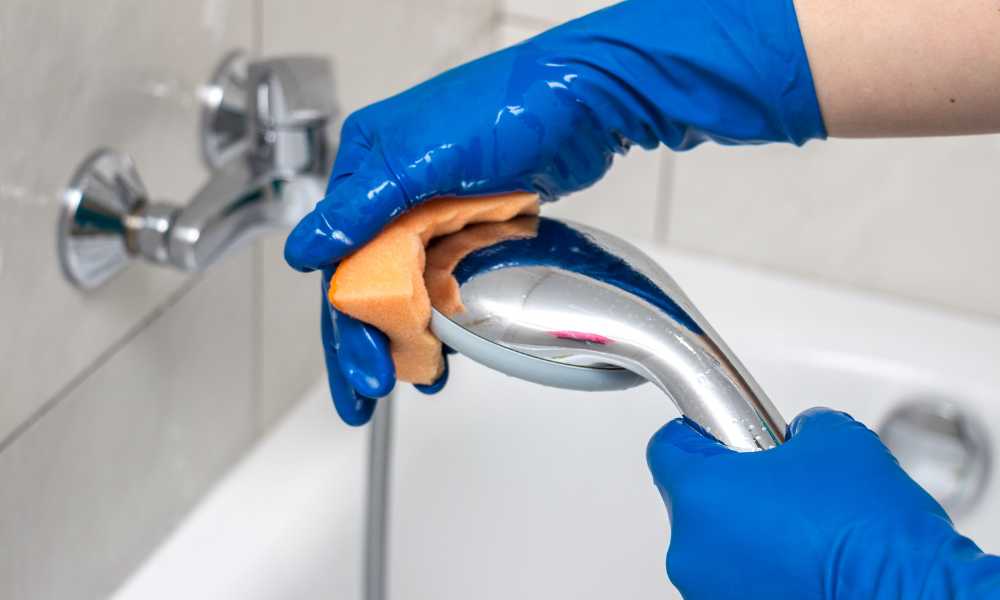A clean bathroom is more than just a visual delight—it’s essential for maintaining hygiene and preventing the buildup of bacteria, mold, and grime. The floor, often overlooked in daily routines, accumulates soap scum, mineral deposits, and dust, making it a breeding ground for germs. Understanding the best techniques to clean bathroom floor tiles not only extends their lifespan but also enhances the overall freshness of your space. Whether you have ceramic, porcelain, or natural stone tiles, following a systematic approach ensures a gleaming, sanitary finish with minimal effort.
Understanding Your Bathroom Floor Tiles
Not all tiles are created equal, and knowing your bathroom floor’s material is crucial to choosing the right cleaning method. Ceramic and porcelain tiles are relatively low-maintenance and can withstand acidic cleaners, whereas natural stone tiles like marble and travertine require gentle, pH-neutral solutions to prevent etching and discoloration. Identifying the right approach ensures your tiles remain pristine without suffering damage from harsh chemicals.
Daily Maintenance: Preventing Dirt and Grime Buildup
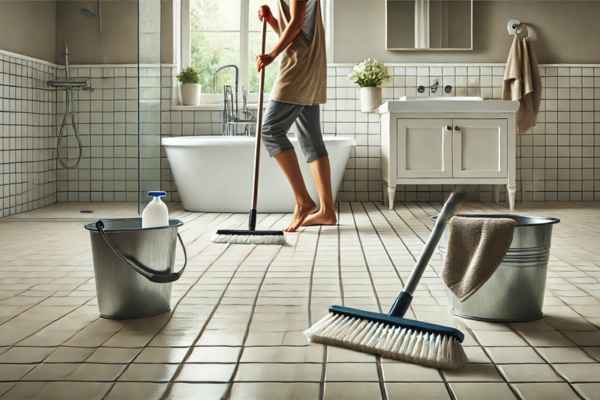
Consistency is key to keeping bathroom tiles in top condition. A quick daily sweep removes hair, dust, and loose debris that can accumulate in grout lines and crevices. Using a microfiber mop with warm water and a mild detergent prevents dirt from settling. Additionally, drying the floor after showers reduces moisture-related issues like mold and mildew. Simple habits like removing footwear before entering and promptly wiping up spills contribute to long-term cleanliness.
Weekly Deep Cleaning Routine for Bathroom Floor Tiles
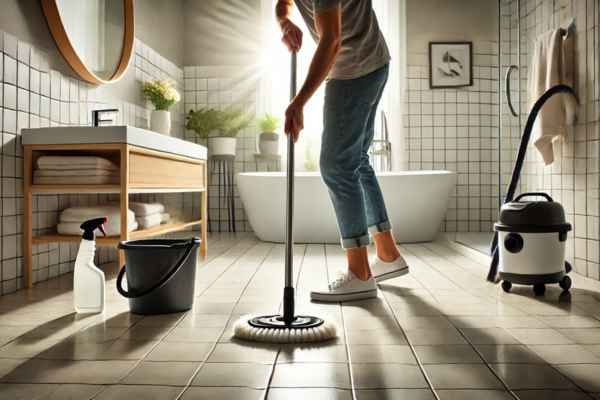
A more thorough clean should be scheduled weekly to tackle deeper grime and buildup. Begin by vacuuming or sweeping to clear away loose particles. Next, use a suitable tile cleaner diluted with warm water and a soft-bristled brush or mop to scrub away stubborn dirt. Pay special attention to grout lines, where bacteria and discoloration tend to thrive. Rinse thoroughly to prevent residue buildup, and finish with a dry cloth to maintain a streak-free shine.
DIY Cleaning Solutions for a Chemical-Free Shine
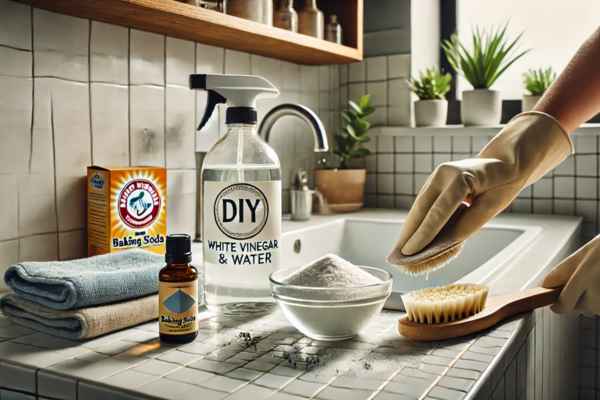
For those who prefer eco-friendly and non-toxic alternatives, DIY cleaning solutions work wonders. A simple mixture of white vinegar and water effectively cuts through soap scum and eliminates bacteria. Baking soda, when combined with water to form a paste, acts as a gentle abrasive to lift stains. Adding essential oils like tea tree or lavender not only enhances the cleaning power but also leaves a refreshing scent. These natural methods ensure a safe, chemical-free cleaning process while maintaining the integrity of your tiles.
How to Remove Stubborn Stains from Bathroom Floor Tiles
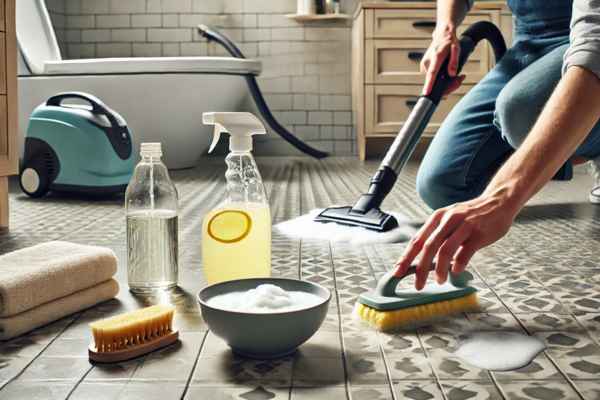
Despite regular cleaning, bathroom tiles can develop stubborn stains from hard water deposits, mold, and mildew. For hard water stains, a mixture of lemon juice and vinegar breaks down mineral deposits effectively. To combat mold and mildew, hydrogen peroxide or a baking soda paste works as an excellent bleaching agent without damaging tiles. For deeply embedded grime, using a steam cleaner provides a powerful, residue-free method to lift stains without scrubbing excessively.
How to Clean Grout Between Bathroom Floor Tiles
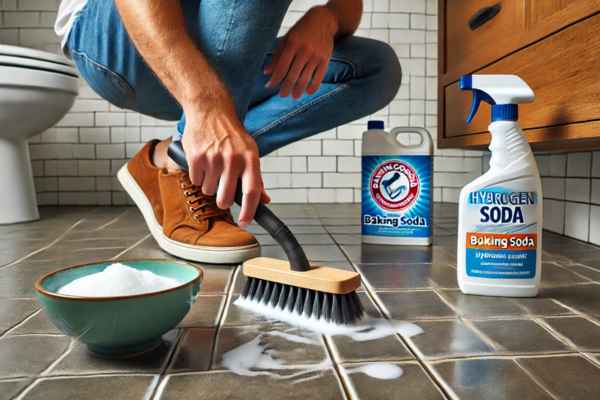
Grout, the porous material between tiles, tends to trap dirt, mold, and mildew, making it one of the toughest areas to clean. If left unattended, discolored grout can make even the cleanest tiles look dull and aged. For routine grout cleaning, use a paste made from baking soda and water. Apply it to the grout lines, let it sit for 10 minutes, and scrub with a stiff-bristled brush. For stubborn stains, mix hydrogen peroxide with baking soda to create a powerful cleaning agent that lifts deep-seated grime. Avoid using bleach on colored grout, as it can cause fading. Once cleaned, sealing the grout with a waterproof sealant will help prevent future staining.
Deep Cleaning Methods for Extra Dirty Bathroom Floor Tiles
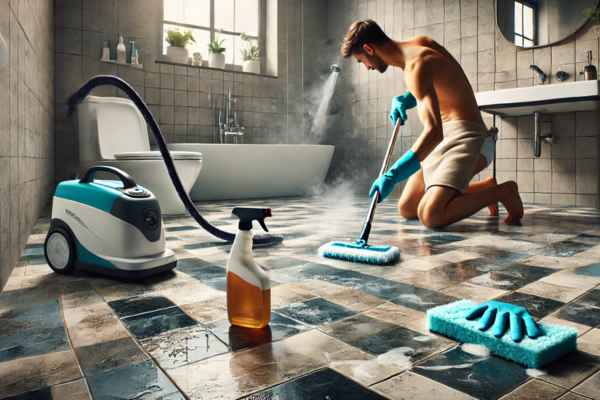
Your bathroom tiles have accumulated excessive grime or hard-to-remove stains, a deep cleaning session is necessary. Start by sweeping or vacuuming the floor to remove loose debris. Then, prepare a hot water and mild detergent solution and mop the tiles thoroughly. For extra-dirty areas, consider using a steam cleaner. The high-temperature steam penetrates dirt and bacteria, lifting grime without requiring harsh chemicals. If your tiles still appear dull, a mixture of vinegar and warm water (only for non-stone tiles) can help restore their natural shine. For ceramic and porcelain tiles, an oxygen bleach soak (diluted as per instructions) can work wonders for breaking down tough stains without scrubbing aggressively.
How to Keep Bathroom Tiles Looking New for Longer
To maintain the pristine look of your bathroom floor tiles, prevention is key. Implementing a simple maintenance routine ensures that dirt and stains don’t become a permanent problem.
- Wipe Up Water Immediately: Standing water leads to mineral buildup, soap scum, and mildew growth.
- Use a Bathroom-Safe Sealant: Sealing grout and porous tiles helps prevent moisture absorption, keeping stains at bay.
- Sweep and Mop Regularly: Removing dust and grime before they settle makes cleaning easier in the long run.
- Install a Proper Ventilation System: Excess humidity encourages mold and mildew. A well-ventilated bathroom prevents moisture accumulation, keeping tiles fresh and damage-free.
By adopting these practices, your tiles will retain their shine and durability for years to come.
How to Clean Bathroom Floor Tiles Without Damaging Them
While regular cleaning is essential, using the wrong techniques can cause permanent damage to your tiles. Harsh chemicals, abrasive tools, and excessive water exposure can lead to surface erosion, discoloration, and weakened grout.
- Avoid Acidic Cleaners on Natural Stone: Marble, travertine, and slate tiles are sensitive to vinegar and lemon juice, which can cause etching.
- Use Soft Brushes Instead of Steel Wool: Scrubbing with rough materials can leave scratches, diminishing the tiles’ appearance.
- Limit the Use of Bleach and Ammonia: These chemicals can weaken grout and cause tile discoloration over time.
- Dry Tiles Properly After Cleaning: Excess moisture left on the floor can seep into grout, leading to mold formation.
Selecting gentle yet effective cleaning solutions ensures your tiles remain spotless without compromising their integrity.
Eco-Friendly and Budget-Friendly Tile Cleaning Methods
You prefer natural cleaning solutions, several eco-friendly alternatives work just as well as commercial cleaners while being gentler on both your tiles and the environment.
- Baking Soda & Vinegar (For Non-Stone Tiles): A powerful duo for removing grime and soap scum without leaving residue.
- Castile Soap & Warm Water: A mild, biodegradable soap that effectively lifts dirt without harsh chemicals.
- Lemon Juice & Salt: Natural disinfectants that cut through tough stains while leaving a refreshing scent.
- Essential Oils & White Vinegar: A few drops of tea tree or lavender oil added to vinegar can enhance antibacterial properties while neutralizing odors.
By opting for homemade cleaning solutions, you’ll save money while keeping your bathroom tiles gleaming without harmful toxins.
Troubleshooting Common Tile Cleaning Issues
Sometimes, even with a consistent cleaning routine, you may encounter persistent problems with your bathroom floor tiles. Here’s how to address them:
- Tiles Look Cloudy After Cleaning: This is usually due to soap residue. Wipe the tiles with a microfiber cloth and clean water to remove any leftover cleaner.
- Grout Remains Stained: If standard methods fail, try a hydrogen peroxide and baking soda paste for stubborn stains.
- Tiles Feel Slippery Post-Cleaning: Using too much cleaning product can leave a slippery film. Rinse thoroughly and dry with a towel to avoid accidents.
- Water Stains Appear Frequently: Install a water softener if you have hard water, and regularly dry tiles after showers.
Identifying and fixing these common issues promptly ensures your tiles remain clean and hazard-free.
When to Call a Professional for Tile and Grout Cleaning
While regular cleaning keeps tiles in good shape, some situations require professional intervention. If your tiles have deep stains, heavy mold growth, or deteriorating grout, DIY methods might not be sufficient. Professional tile and grout cleaning services use high-pressure steam, industrial-grade cleaning agents, and sealing techniques to restore heavily stained floors. If you notice cracked tiles, peeling grout, or persistent discoloration despite regular cleaning, it’s best to seek expert help to avoid permanent damage.
Conclusion
Keeping your bathroom floor tiles clean doesn’t have to be an overwhelming task. By incorporating daily maintenance, weekly deep cleaning, and occasional deep treatments, you can maintain a fresh and inviting bathroom. Whether you prefer eco-friendly solutions or professional-grade cleaners, choosing the right methods ensures your tiles remain spotless without damage. A well-maintained bathroom not only enhances your home’s aesthetics but also promotes a hygienic environment for you and your family. With these expert-backed cleaning techniques, you can enjoy gleaming bathroom floor tiles effortlessly.
